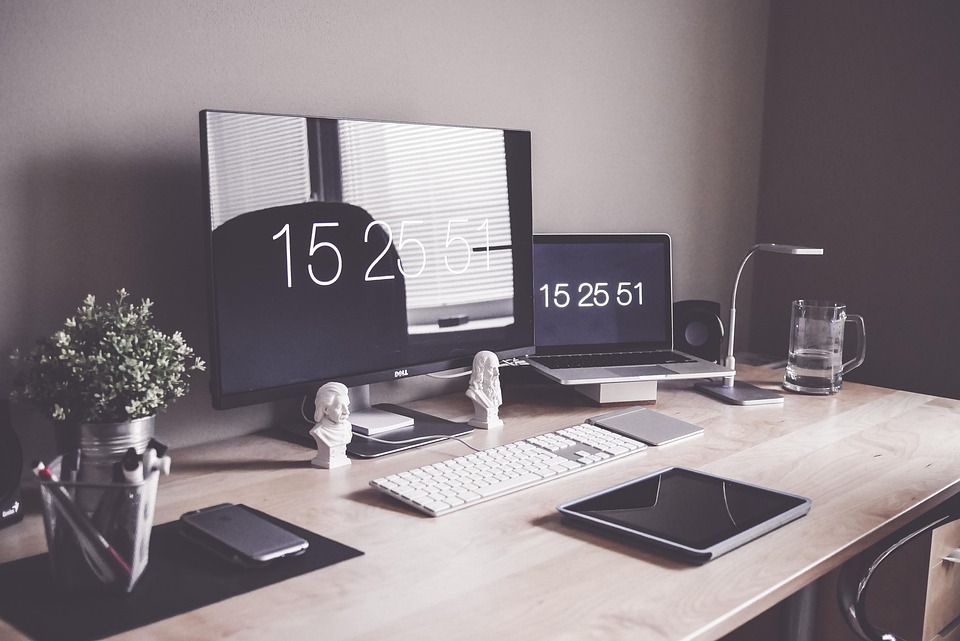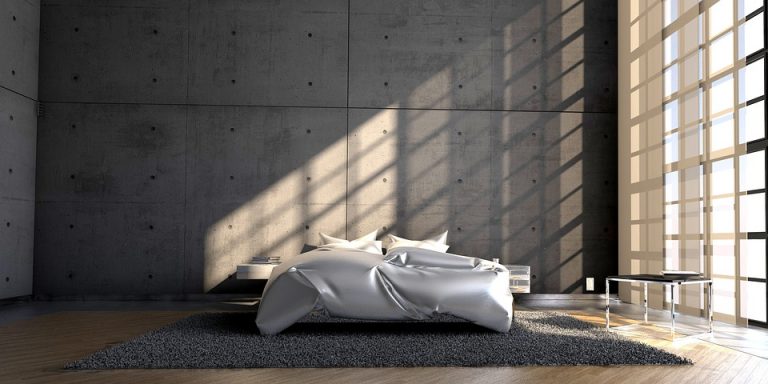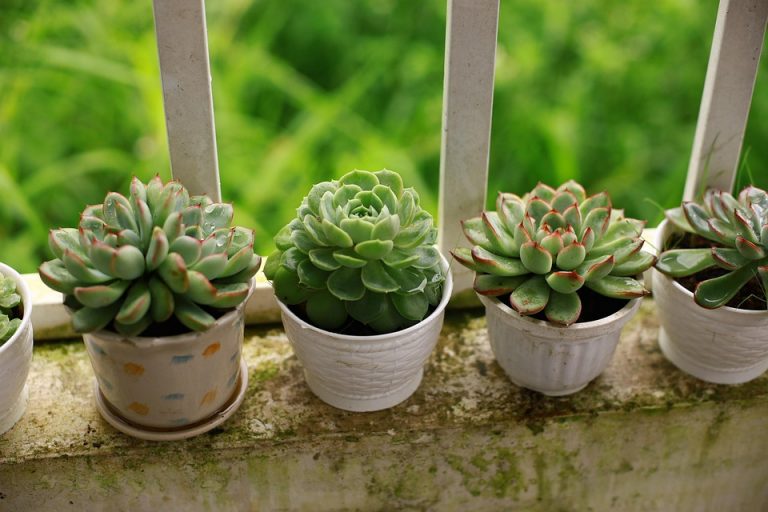Home Office Setup Ideas are the small, smart choices that turn a cramped corner into a powerhouse of focus, comfort, and style. These are practical strategies for arranging your workspace so it works for your body, your schedule, and your peace of mind. If your home is short on square footage, the right home office setup ideas will let you work harder, feel better, and keep your life tidy without sacrificing comfort.
Contents
- 7 Creative Home Office Setup Ideas For Small Spaces
- 1. Turn A Closet Or Nook Into A Focused Workstation
- 2. Embrace Vertical Storage And Floating Shelves
- 3. Choose Multi-Use Furniture That Pulls Double Duty
- 4. Prioritize Ergonomics Even In Tight Quarters
- 5. Master Cable Management And Minimalist Tech
- 6. Use Color, Mirrors, And Plants To Expand The Space
- 7. Create Zones And Rituals For Work-Life Boundaries
- Practical Layouts For Tiny Spaces
- Small Upgrades That Pay Off Big
- Science-Backed Ways To Raise Productivity In Small Spaces
- Quick Checklist To Set Up Your Small Home Office Today
- Budget-Friendly Tips That Look Expensive
- Common Mistakes And How To Avoid Them
- How To Maintain Your Small Office So It Stays Useful
- Bottom Line
- FAQ
7 Creative Home Office Setup Ideas For Small Spaces
You’re not trying to build a corporate suite. You want a space that fits your life. These home office setup ideas will show you how to carve out dignity and productivity from tight quarters. I’ll give you real tips, science-backed tweaks, and hands-on moves you can do in a single afternoon.
1. Turn A Closet Or Nook Into A Focused Workstation
A closet or alcove can be the perfect place to disappear into work. Install a floating shelf desk to save floor space, and add a slim filing drawer underneath. Use wall hooks for headphones and a pegboard for pens and chargers to keep surfaces clear.
Lighting matters. Put a daylight-spectrum lamp or a dimmable LED strip over your desk to reduce eye strain. Research from Harvard shows that exposure to natural-like light improves mood and cognitive function, which matters when your space is small and the hours are long. These home office setup ideas turn a forgotten corner into your secret advantage.
2. Embrace Vertical Storage And Floating Shelves
When floor space is precious, look up. Floating shelves free your desktop from clutter and keep reference books, baskets, and décor within reach. Stack storage cubes vertically and combine closed bins with open shelving so the area reads tidy instead of crowded.
Anchor heavy items to studs and use slim storage that projects no more than 10–12 inches. This frees airspace and reduces visual overload. Using vertical solutions is one of those home office setup ideas that makes a room feel twice as big without remodeling.
3. Choose Multi-Use Furniture That Pulls Double Duty
If you have one wall and one chair, make them work overtime. Look for desks with built-in drawers, ottomans with storage, and fold-down tables that disappear when you need the room for yoga or a dinner guest. A Murphy desk or wall-mounted fold-away table gives you a full work surface that vanishes when the job is done.
Use a comfortable chair that doubles as a guest seat and slide a laptop tray into a side table for impromptu sessions. Multi-use pieces are classic home office setup ideas because they respect your limited square footage and honor your need for beauty.
4. Prioritize Ergonomics Even In Tight Quarters
Small spaces don’t excuse bad posture. Set up your screen so the top of the monitor sits at or slightly below eye level. Keep your wrists neutral and feet supported. If a full office chair won’t fit, choose a compact task chair with proper lumbar support or add a lumbar pillow to a smaller chair.
Mayo Clinic’s ergonomic guidance explains how setup affects long-term pain and productivity. Invest in a laptop riser and external keyboard to protect your neck and shoulders. Ergonomics aren’t glamorous, but these home office setup ideas prevent fatigue and keep you working week after week.
5. Master Cable Management And Minimalist Tech
Tangled cables eat calm. Use simple cable channels, adhesive clips, and a power strip mounted under the desk to keep cords off the floor. Label chargers and group related cables with Velcro ties. If you’re short on plugs, invest in a slim surge protector that tucks behind a desk leg.
Adopt minimalist tech: one monitor, one wireless keyboard, one docking station. A streamlined setup reduces distraction and makes cleaning fast. These small tech habits are smart home office setup ideas—they improve your workflow and your aesthetic.
6. Use Color, Mirrors, And Plants To Expand The Space
Colors and reflections improve perception. Paint or wallpaper the wall behind your desk in a light, calm hue to visually push the room outward. A well-placed mirror bounces light and opens up perspective. Add 1–2 low-maintenance plants to the workspace; studies in environmental psychology link indoor greenery to reduced stress and better concentration.
Keep décor intentional. One bold piece or a tidy set of prints gives character without clutter. Color, mirrors, and plants are cheap, emotional home office setup ideas that lift your mood and make short spaces feel generous.
7. Create Zones And Rituals For Work-Life Boundaries
If your office shares space with living areas, you need rules that protect both. Define your work zone with a rug, a screen, or a simple shelf. Pack up your desk at the end of the day—put the laptop in a case, close the fold-down desk, or slide the monitor behind a framed print.
Rituals matter. A five-minute tidy before quitting time signals your brain to stop. Experts at Harvard Business Review discuss how rituals and routines support productivity and mental health when working remotely. These behavioral home office setup ideas keep your home from feeling like a constant job site.
Practical Layouts For Tiny Spaces
There’s no single layout that fits everyone, but a few patterns are reliable. First, the alcove setup: desk against an interior wall with shelving above and a narrow rug underfoot. Second, the corner L: a corner desk using two walls, giving you work zones and room for paperwork. Third, the fold-away solution: a vertical desk that folds into a cabinet when you’re done.
Each layout should prioritize three things: a clear surface, good light, and posture support. Test your layout for a full day to see where strain or clutter pops up, then tweak. These are simple, proven home office setup ideas you can implement in an afternoon.
Small Upgrades That Pay Off Big
Spend money where it changes experience: a high-quality chair, a multi-stand monitor, and a good light source. Save money on décor: thrifted frames, peel-and-stick wallpaper, and secondhand desks can look fresh with a coat of paint. Use baskets to hide supplies and drawer organizers to keep tiny items from swallowing your focus.
Measure before you buy. Too many people return items because they guessed. A well-chosen upgrade turns cramped into comfortable. Smart spending is part of the smartest home office setup ideas—it changes how you feel every time you sit down.
Science-Backed Ways To Raise Productivity In Small Spaces
Light, plants, ergonomics, and routine are not decorative—they’re scientific. Studies show natural-like lighting improves concentration. Research in ergonomics links comfortable seating to fewer sick days. Environmental psychology demonstrates that plants reduce stress. When you bring science into layout choices, your small space becomes a tool, not an obstacle.
If you want external verification, look to reputable sources like Mayo Clinic on ergonomics and Harvard on lighting and remote work. These sources confirm what you’ll experience: a thoughtfully designed small office supports longer, healthier work sessions. Those are the kind of home office setup ideas that deserve your time.
Quick Checklist To Set Up Your Small Home Office Today
- Clear a dedicated corner and measure twice before shopping.
- Choose a desk that fits the scale—consider fold-away or floating options.
- Add a proper chair or lumbar support, monitor riser, and keyboard.
- Install vertical storage and a single, clean power strip.
- Bring in light, a mirror, and one or two plants.
- Create a closing routine to pack away work at day’s end.
Follow the checklist and you’ll transform a shoebox of a room into a working sanctuary. This simple, actionable list distills the best home office setup ideas into steps you can take right now.
Budget-Friendly Tips That Look Expensive
You don’t need a designer budget. Spray-paint a thrifted lamp, swap cabinet knobs to polished brass, and use peel-and-stick tile for an accent wall. Framed fabric can be an inexpensive art piece. Even small touches like matching storage baskets give an immediate sense of cohesion.
Think of style as an investment in your daily experience. When the space feels cared for, you’ll use it more and work better. That’s the secret behind the most effective home office setup ideas—they put joy into everyday function.
Common Mistakes And How To Avoid Them
The top errors are clutter, poor light, and ignoring posture. Clutter numbs creativity. Bad light strains your eyes. A cheap chair costs more in pain than it saves in dollars.
Counter these mistakes with deliberate choices: schedule a weekly five-minute declutter, prioritize a quality lamp, and set ergonomic rules (monitor height, keyboard placement). Those small corrections will change the way work feels. These preventative home office setup ideas keep mistakes from becoming habits.
How To Maintain Your Small Office So It Stays Useful
Maintenance is simple: weekly tidy, monthly inventory of supplies, and seasonal re-evaluation of your setup. Rotate books and supplies so you don’t collect useless items. Reassess your tech once a year to avoid slowdowns.
A yearly mini-reset—deep clean, test cables, replace bulbs—keeps the space working. Consistent care is the final touch on every strong set of home office setup ideas.
Bottom Line
Your space doesn’t have to be big to be brilliant. With the right combination of vertical storage, multi-use furniture, ergonomic tweaks, and thoughtful lighting, you can create a workspace that respects your body and your life. These home office setup ideas are practical, proven, and designed to fit your schedule and budget.
Take one small step today: pick a corner, measure it, and commit to a plan. You’ll be surprised how quickly a tiny space becomes the place you want to work.
I believe in workspaces that are brave and kind. Make yours one of them.
FAQ
How do I fit a full desk into a small room?
Measure the wall and choose a compact desk or a fold-down model that fits the dimensions. Use vertical storage to free desktop space and opt for narrow furniture—10–12 inch depth shelves and slim desks often deliver more function than bulkier pieces.
Can I make a small space ergonomic without a big chair?
Yes. Use a compact task chair with lumbar support or add a lumbar cushion to a dining chair. A laptop riser plus external keyboard keeps neck and wrists neutral. Small ergonomic moves yield big comfort gains.
What lighting is best for a tiny home office?
Aim for daylight-spectrum bulbs and layered light: an overhead source plus task lighting on the desk. If natural light is limited, a daylight LED lamp reduces eye strain and lifts mood.
How do I stop my home office from spilling into the rest of the home?
Create a visual boundary using a rug, screen, or shelf. End each day with a tidy ritual—pack away your laptop and papers. Rituals help your brain switch off work mode.
Are plants worth it in a small office?
Yes. One or two low-maintenance plants reduce stress and improve air quality. Choose plants that suit your light levels and schedule—a small succulent or pothos is often perfect.
References
Mayo Clinic provides practical guidance on office ergonomics and healthy workspace setup (http://www.mayoclinic.org/healthy-lifestyle/adult-health/in-depth/office-ergonomics/art-20046169).
The U.S. Occupational Safety and Health Administration offers ergonomic tips and resources to prevent workplace injuries (http://www.osha.gov/ergonomics).
Harvard Business Review explores how routines and remote work practices impact productivity and wellbeing (http://hbr.org/2020/03/a-guide-to-managing-your-newly-remote-workers).
Harvard Health discusses light and health, explaining how lighting influences mood and cognitive function (http://www.health.harvard.edu/staying-healthy/how-blue-light-can-disrupt-your-sleep).
Journal of Environmental Psychology research highlights the mental benefits of plants and natural elements in indoor spaces (http://www.sciencedirect.com/science/article/pii/S0272494413000586).








